Rice AlternativesThe country of India consumes a significant amount of rice. However, people are starting to distance themselves from rice due to increasing health conciousness. Rice contains carbohydrates, and people believe consuming it makes them gain weight. In such a case, if you want to lose weight and are searching for a healthy alternative to rice, we can help you. Every home usually eats white rice. In extremely little amounts, it has all the necessary nutrients. According to research, processed grains lead to more fat gain. Furthermore, processed grains like white rice are a source of empty calories and carbs with very little in the way of important vitamins and minerals. But there are many more alternatives than rice that may be consumed. We'll talk about some of these nutritious rice alternatives listed below. 1. Riced Broccoli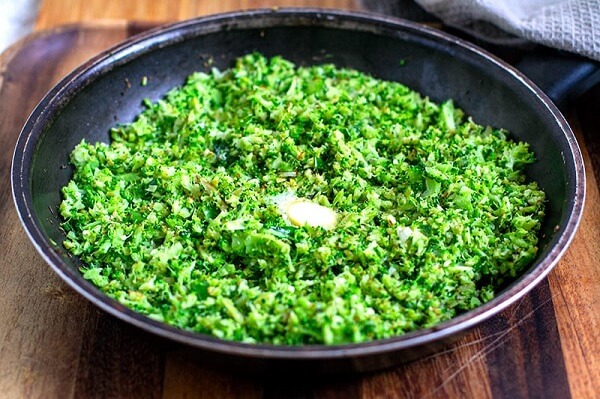
In contrast to cauliflower rice, broccoli rice is created by slicing broccoli into rice-like forms and cooking it in the same manner as regular rice. Because of two things, you should eat broccoli rice when following a ketogenic diet. First, it comes from a very healthy plant and is low in calories, net carbohydrates, and full of vitamins. The second is that it makes a tasty and nutritious alternative to regular rice. In addition to making fried rice with a little olive oil and eating it that way, you can also eat broccoli rice raw. You'll need some broccoli for the preparation, which you may chop into small pieces and then slice into rice-like shapes. A food processor can also be used. Nutritional Properties of Riced BroccoliEach cup of raw Riced Broccoli offers the following nutrients and minerals in addition to its great low-carb powers:
2. Whole-Wheat Couscous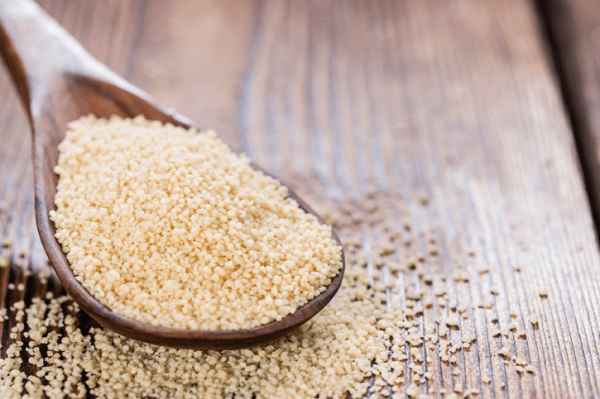
Little cooked semolina balls, known as couscous, are more nutrient-dense than macaroni noodles. Couscous has high fibre content and is low in sugar and fat. Additionally, it contains a lot of selenium, a potent antioxidant that helps mend damaged cells and lower inflammation. One cup of couscous should be combined with one cup of boiling water before being covered and steaming for 10 minutes or until the liquid has been absorbed. You may season it with salt and butter before covering it. After being cooked, carefully separate the grains by fluffing them with a fork. Nutritional Properties of Whole-wheat CouscousEach cup of raw Whole-wheat Couscous offers the following nutrients and minerals in addition to its great low-carb powers:
3. Barley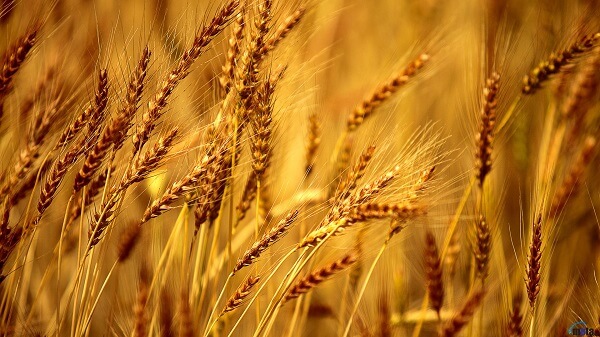
A member of the Poaceae grass family, barley is a cereal plant. After wheat, rice, and corn, barley is the fourth most crucial grain crop farmed worldwide and may be harvested in various climates. Hordeum vulgare is its formal name. Among agricultural plants, barley has a variety of unique qualities, making it a crucial crop in contemporary agriculture. It is a crop that is utilized for both human and animal food. To improve plant genetics, physiology, pathology, biochemistry, and, more recently, biotechnology, barley serves as an essential experimental model plant. It is adaptable and may be used to create bread, soups, stews, and health goods. It's interesting to note that it serves as a malt source for alcoholic beverages. Nutritional Properties of BarleyEach cup of raw Barley offers the following nutrients and minerals in addition to its great low-carb powers:
4. Brown Rice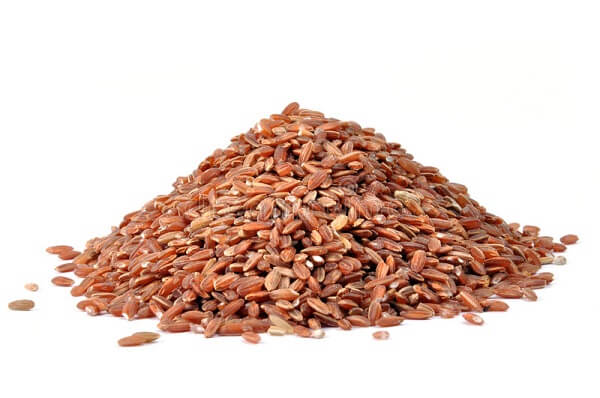
One of the most widely used alternatives on our list for white rice is brown rice, which is a classic and healthier alternative. Brown rice is excellent since it can reduce cholesterol and manage blood sugar levels. Compared to white rice, brown rice has a few more calories but has significantly more protein and fibre. Brown rice can be prepared in the same manner as white rice, but be aware that it is flavourless and drier; however, if you're looking for a white rice alternative, it is a good choice that will give you more energy. Nutrition Properties of Brown RiceEach cup of raw Brown rice offers the following nutrients and minerals in addition to its great low-carb powers:
5. Cauliflower Rice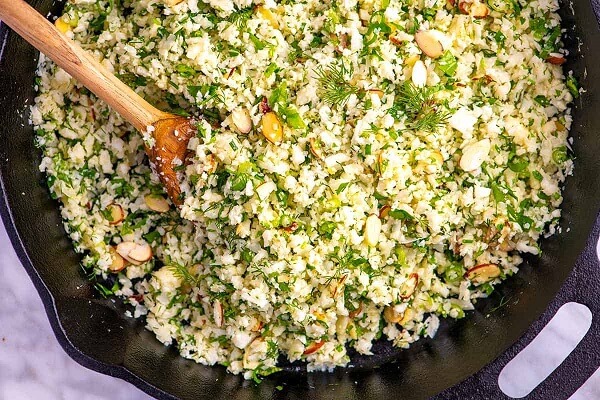
Try riced cauliflower if you're on a low-calorie or low-fat diet. The advantages exceed the taste, which is quite similar to cauliflower florets. To prepare cauliflower rice, first, cut your cauliflower into smaller pieces. To save time, use a food processor instead of hand chopping or separating the ingredients into grain bits. Some people boil cauliflower rice for less than 5 minutes if they want it to be oil-free. Others like to make cauliflower fried rice with some olive oil and salt. Nutrition Properties of Cauliflower riceEach cup of raw cauliflower rice offers the following nutrients and minerals in addition to its great low-carb powers:
6. Farro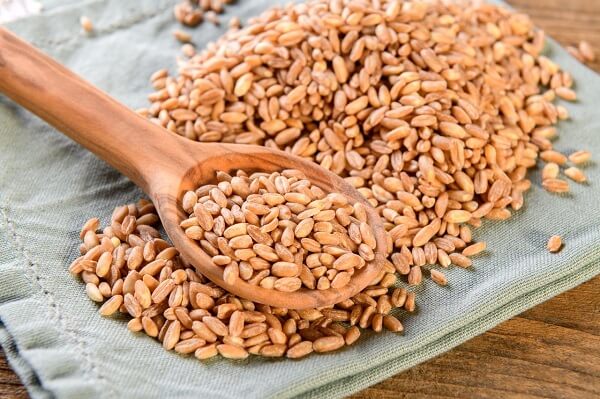
Iron, fibre, and magnesium are essential vitamins your body needs, and farro is a rich source of all three. For those who have diabetes or poor heart fitness, it is advised. Farro is a low-carb alternative to white rice that is perfect for those on a ketogenic diet. To top it all off, it has a chewy and rice-like appearance. Farro is prepared by boiling water over one cup of grains. Boil the grains until they start to soften. You don't have to add salt or butter; you may serve it with different foods because it goes well with everything. Nutrition Properties of FarroEach cup of raw farro offers the following nutrients and minerals in addition to its great low-carb powers:
7. Corn Grits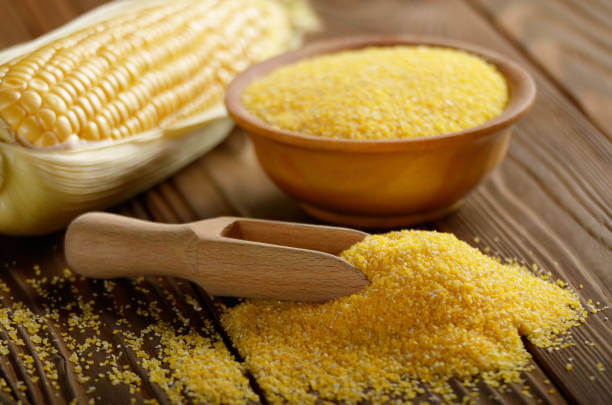
Corn grits, also known as cornmeal or polenta, are popular. Though more healthy than white rice, it has roughly the same calories and carbs. This has a low glycemic index and is loaded with fiber and antioxidant carotenoids, so you'll adore it. You may make it by bringing it to a boil for a few minutes while stirring it occasionally. To make it tastier, serve it with any side dish. Nutrition Properties of Corn GritsEach cup of raw corn grits offers the following nutrients and minerals in addition to its great low-carb power:
8. Adlai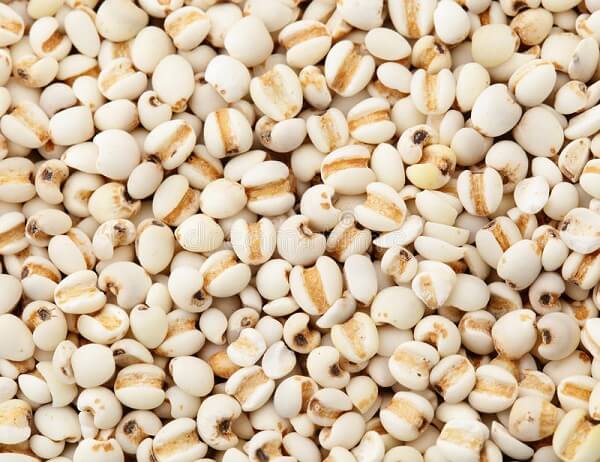
Adlai is one of the greatest rice substitutes since it has a low glycemic index despite its high carbohydrate content. Adlai also contributes 9 grams of dietary fiber and 13.1 g of protein. Although it may be bought online, Adlai is typically grown throughout the Philippines. Adlai might be beneficial if you have diabetes or inflammatory conditions. Since the flavor is almost exactly like pasta, you'll adore adding it to salad recipes and other pasta dishes. The Adlai can be made in an automated rice cooker, although simmering for 30 to 40 minutes will yield the same results. Add one cup of Adlai and two cups of water to a pan. Nutrition Properties of AdlaiEach cup of raw Adlai offers the following nutrients and minerals in addition to its great low-carb power:
9. Sweet Potato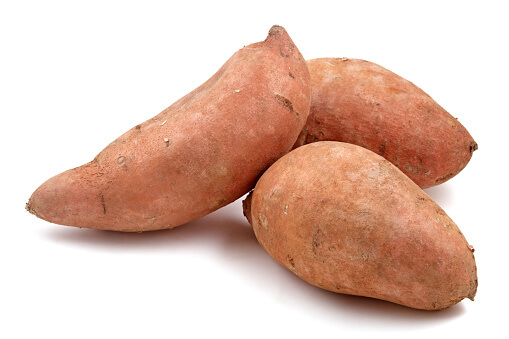
One of the Japanese secrets to life is sweet potato, which has high amounts of vitamins C and A, thanks to its high beta-carotene content. It improves immunity as well. If you want a filling and delicious substitute for white rice, sweet potatoes should be on your list, even if they have the same number of calories and net carbohydrates. Sweet potatoes may be boiled with or without the peel, much as normal potatoes. Boil the potatoes in salted water for 10 to 12 minutes or until they are tender when poked with a fork, depending on how soft they are. Additionally, you may steam them or bake them in the oven. Nutrition Properties of Sweet PotatoEach cup of raw Sweet Potato offers the following nutrients and minerals in addition to its great low-carb power:
10. Chopped Cabbage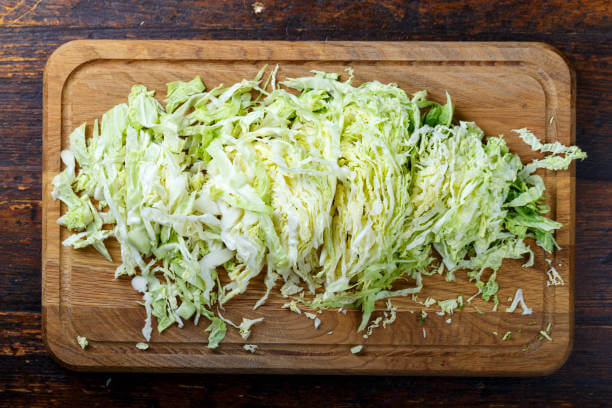
A wonderful replacement for conventional rice, cabbage is a vegetable that works well with everything. There are just 22 calories in each serving of this low-calorie dish, but it contains many vitamins. To replace cabbage with rice, shred the vegetable before slicing it into smaller pieces. Blanching it for at most five minutes will be enough if you want to cook it. You may blend it with other salad recipe components or eat it raw with garnish. Nutrition Properties of Chopped CabbageEach cup of raw Chopped cabbage offers the following nutrients and minerals in addition to its great low-carb power:
11. Bulgur Wheat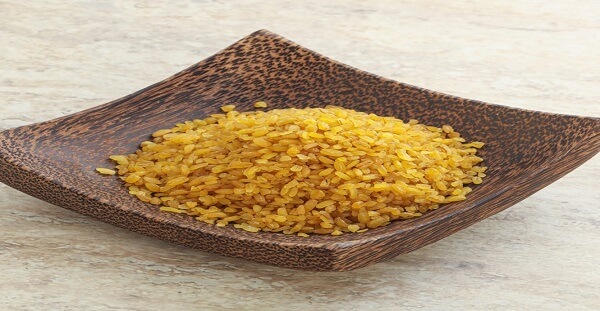
Another great whole-wheat rice substitute is bulgur wheat, which resembles couscous but isn't the same. It is a high-fibre, high-protein substitute with significant amounts of magnesium, potassium, and iron in each meal. Bulgur wheat combines one part of wheat with two parts of water to cook. Bulgur should be cooked over medium heat until it is mushy. Once cooked, pour out any excess water, and leave aside to cool before eating. Nutrition Properties of Bulgur WheatEach cup of raw Bulgur wheat offers the following nutrients and minerals in addition to its great low-carb power:
12. Quinoa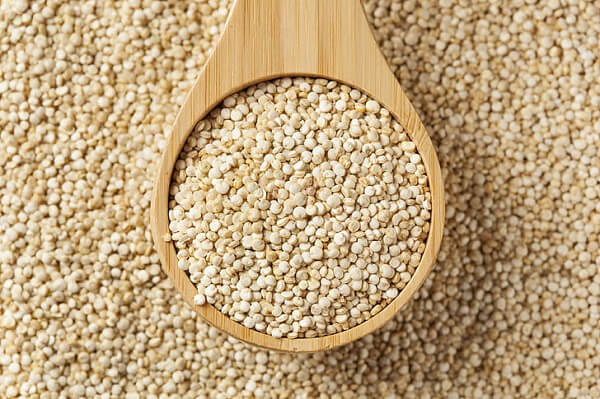
Quinoa is a gluten-free seed that has a lot of protein. Quinoa is a seed from a plant, not a grain, even though it is cooked and consumed like whole grains. Despite having almost the same calories and carbs as white rice, brown rice has a lower glycemic index and more fiber, which helps one feel fuller more quickly. If you need to learn how to prepare quinoa, mix one part seeds with two parts of water and simmer until the water is absorbed. After that, wait about five minutes before eating it. Nutrition Properties of QuinoaEach cup of raw quinoa offers the following nutrients and minerals in addition to its great low-carb power:
13. Shirataki Rice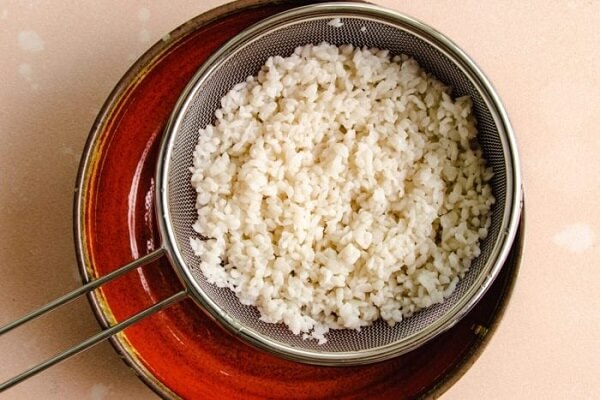
Shirataki rice is sometimes referred to as miracle rice or konjac rice in various parts of Asia. Shirataki rice is gaining popularity worldwide due to its low net carb and low-calorie qualities. It also has a lot of glucomannan, a fibre. Although it is formed from the konjac root and resembles potatoes, producers and consumers transform it into grains resembling rice. You may prepare it without rice or with rice. However, adding rice will boost the total calories. Nutrition Properties of Shirataki RiceEach cup of raw Shirataki rice offers the following nutrients and minerals in addition to its great low-carb power:
14. Freekeh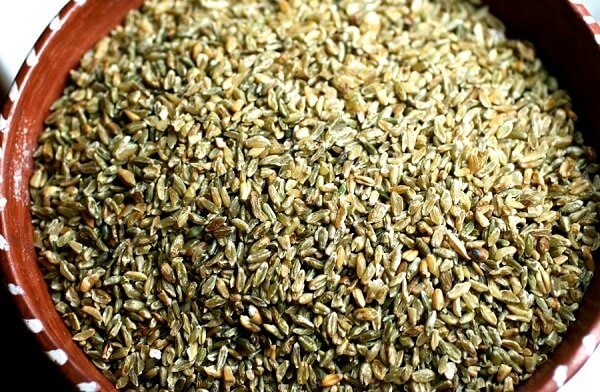
Freekeh is a full-grain alternative to rice that resembles farro and barley in appearance. It tastes nutty and has a texture similar to bulgur wheat. It is rich in protein, fiber, iron, and other necessary elements. To cook Freekeh combine one part of the grain with two parts of water and boil the mixture. Before presenting it as a component of your dish, you can boil it until it softens. Nutrition Properties of FreekehEach cup of raw Freekeh offers the following nutrients and minerals in addition to its great low-carb power:
15. Zucchini Rice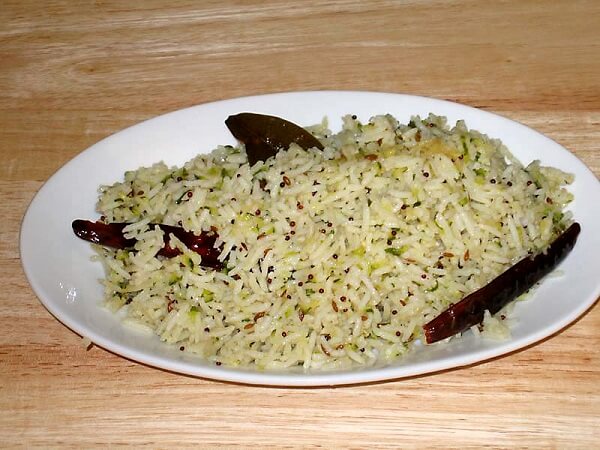
As a low-calorie alternative to ordinary rice, zucchini rice is ideal for those trying to lose weight. Zucchini rice may be consumed on its own or combined with other ingredients in salad recipes, much like the other vegetable substitutions on this list. Use a food processor to puree the zucchini after peeling and chopping it into smaller pieces. The healthiest way to eat zucchini is raw. However, you can cook fried rice with it by adding some olive oil and salt to taste. Nutrition Properties of Zucchini RiceEach cup of raw zucchini rice offers the following nutrients and minerals in addition to its great low-carb power:
16. Lentils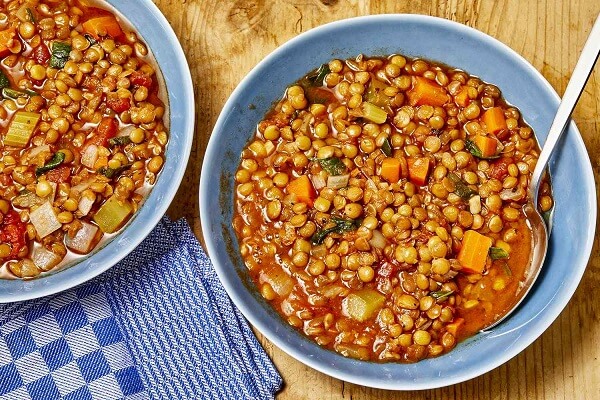
Not only is lentil rice tasty, but it is also reasonably priced. Compared to white rice, it has fewer calories, but more fiber, potassium, and iron are present. The essential vitamins, minerals, fiber, and protein included in lentils help you stay energized throughout the day. Three cups of water can cook 1 cup of dried lentils. The normal cooking time is 15 to 20 minutes, and it's important to remember that the lentils double in size when cooked, so use a big pot. Nutrition Properties of LentilsEach cup of raw lentils offers the following nutrients and minerals in addition to its great low-carb power:
17. Mushroom Rice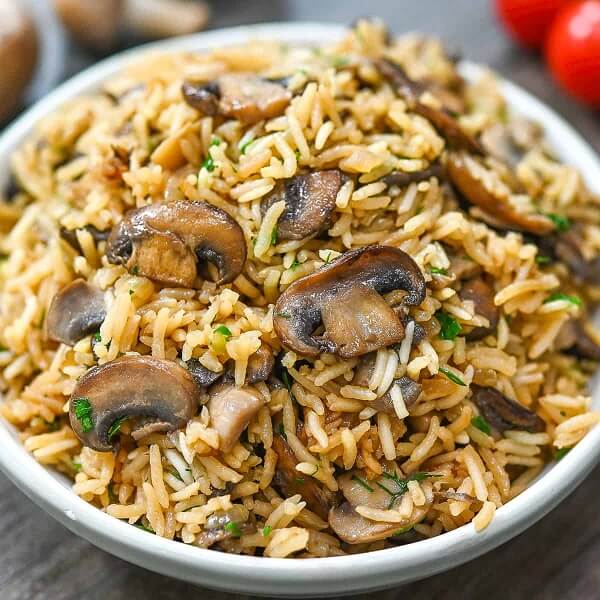
Because of their rich, delicious taste, mushrooms are a fantastic rice alternative for diet. A cup of white mushrooms that have been thinly sliced has only 2 grams of carbohydrates. To bring out the rich taste of chopped mushrooms, cook them in a pan with butter. Even so, you may change the flavor and texture of your meals by mixing mushroom rice with other low-carb rice substitutes. Nutrition Properties of Mushroom RiceEach cup of raw mushrooms rice offers the following nutrients and minerals in addition to its great low-carb power:
18. Chickpea Rice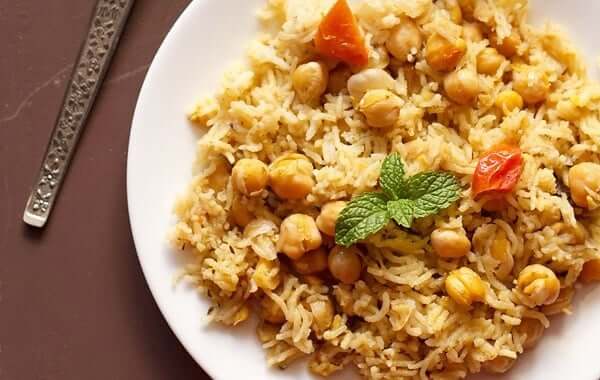
Instead of eating conventional rice, switch to chickpea rice because it has more protein and fiber and fewer salt, carbohydrates, and calories. Making chickpea rice at home is as simple as taking the chickpeas and cutting them into tiny pieces until they resemble rice. You can easily produce your rice alternative at home, which is still quite healthy. Nutrition Properties of Chickpeas RiceEach cup of raw chickpea rice offers the following nutrients and minerals in addition to its great low-carb power:
19. Buckwheat Noodles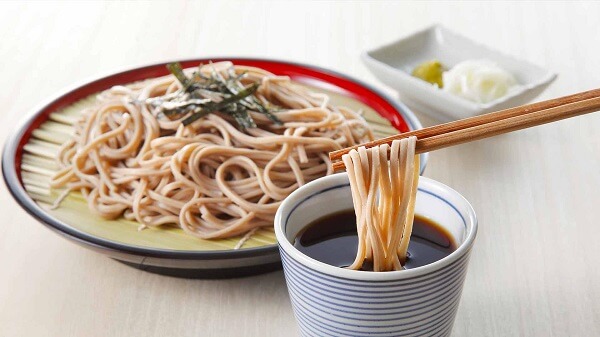
Buckwheat or Soba noodles are manufactured from wheat and buckwheat flour. Buckwheat has a higher routine content than whole wheat spaghetti, and it is known to decrease cholesterol levels by restricting the absorption of dietary cholesterol in the stomach. Its low glycemic index may be helpful to people who need to control their blood sugar levels. To make soba noodles, like ordinary spaghetti noodles, boil salted water until the noodles are soft, about 3-4 minutes. After drying them, please put them in a pan with cold water and gently wash them to get clear of any extra starch. Nutrition Properties of buckwheat noodlesEach cup of raw buckwheat noodles offers the following nutrients and minerals in addition to its great low-carb power:
20. Wild Rice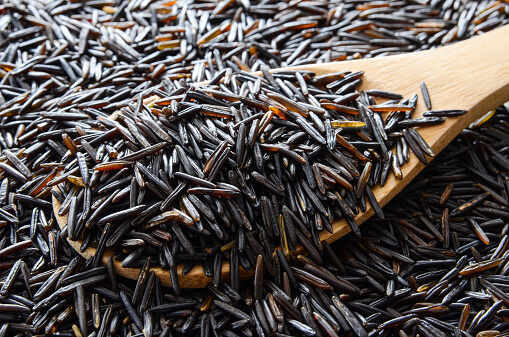
Wild rice may be used in more than simply your favourite soup. It provides nearly double as much protein as white rice while having fewer calories and carbohydrates. Moreover, wild rice has roughly 10 grams of fiber per cup, compared to less than 1 gram of white rice, so it is a good option if you need to increase your fiber intake. If you're replacing equally, expect a more nutty flavour because the flavour is more robust than other rice substitutes. Expect a 45-minute wait since the hard grain needs extra cooking time and water. Nutrition Properties of Wild RiceEach cup of raw Wild rice offers the following nutrients and minerals in addition to its great low-carb power:
ConclusionIn conclusion, consumers have a variety of rice alternatives to pick from. These are rice alternatives for everyone, whether they want to save costs or eat better. People are interested in various alternatives because each has its benefits.
Next TopicServiceNow Alternatives
|
 For Videos Join Our Youtube Channel: Join Now
For Videos Join Our Youtube Channel: Join Now
Feedback
- Send your Feedback to [email protected]
Help Others, Please Share









